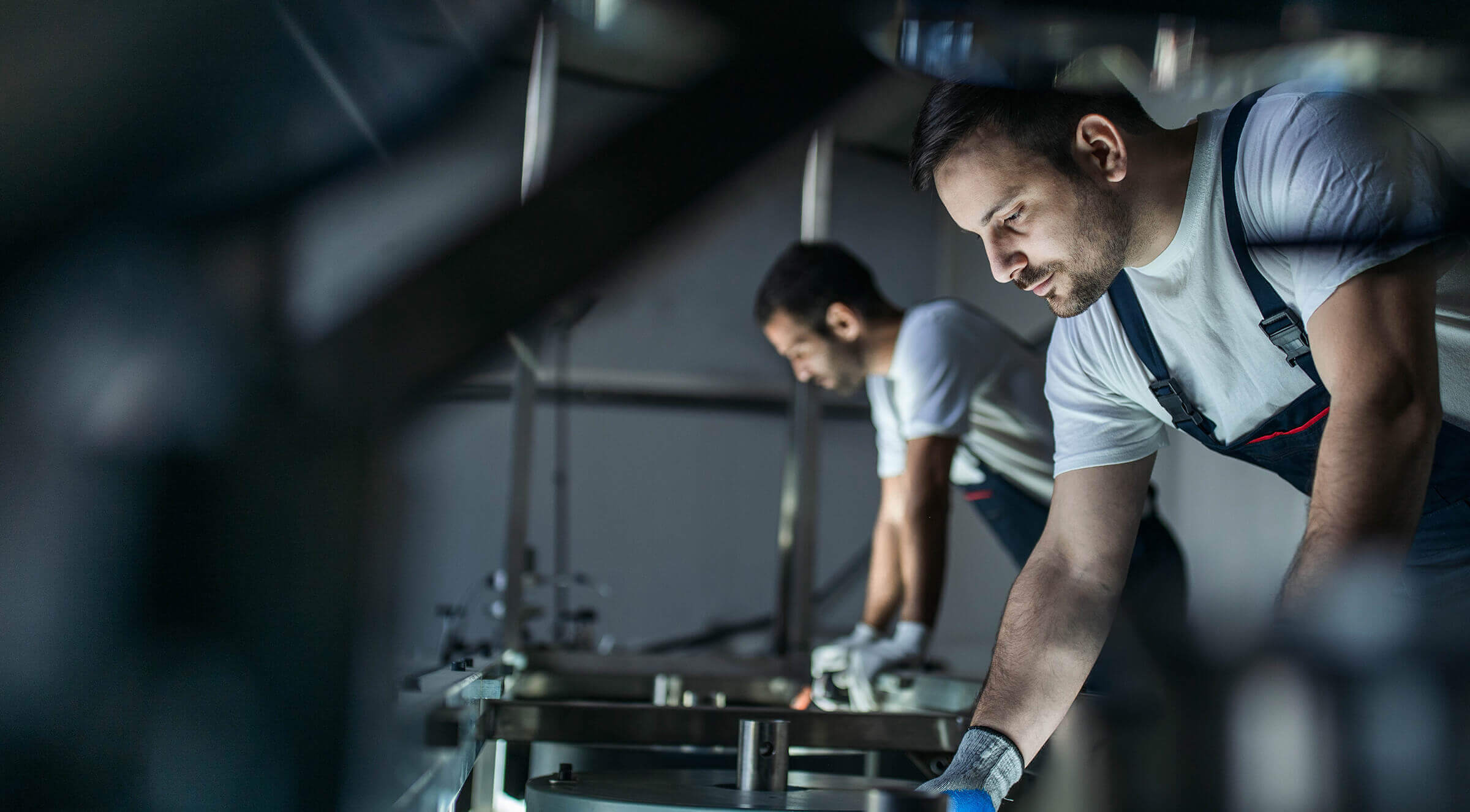Get unique, complex parts easily. No matter your requirements, Chaoyi Spring creates hard-to-produce coil springs and wire forms.
Let us help you create the custom wire form you need, from S-hooks and J-hooks to utility hooks and more.
We work closely with customers across a wide range of industries, helping them design and manufacture made-to-order parts.
Why choose Chaoyi Spring? We prioritize customer-focused collaboration, modern equipment and the latest technology to make your parts per print.
Find the information and guidance you need, from measuring a spring to learning about materials, placing an order and much more.
Have you ever wondered what happens when you compress a spring? It's not just a simple act of squeezing; it's a fascinating display of physics in action. As you apply


Have you ever wondered what happens when you compress a spring? It's not just a simple act of squeezing; it's a fascinating display of physics in action. As you apply force to a spring, you're actually storing energy within its coils. This stored energy, known as potential energy, is waiting to be released, propelling objects or performing work. This article will delve into the physics behind spring compression, exploring the relationship between force, displacement, and stored energy, and uncovering the key principles that govern this seemingly simple yet powerful phenomenon.

Imagine a spring, that coiled metal object we encounter in various everyday applications, from toys to car suspensions. When a spring is compressed by .62 m, it's like stretching a rubber band, only with a more controlled and predictable response. This compression is a result of applying an external force, and the spring, in turn, exerts an opposing force known as the spring force.
The spring force is directly proportional to the amount of compression, a principle eloquently described by Hooke's Law. This law states that the force exerted by a spring is equal to the spring constant (k) multiplied by the displacement (x) from its equilibrium position. In mathematical terms, F = -kx. The negative sign indicates that the spring force opposes the direction of displacement.
The spring constant (k) is a crucial characteristic of a spring, representing its stiffness. A higher spring constant indicates a stiffer spring, meaning it requires more force to compress it a certain distance. Imagine a spring made of thick, tightly wound wire—it's going to be much harder to compress than a spring made of thinner, loosely wound wire. This concept of stiffness plays a pivotal role in various applications, from the design of shock absorbers in cars to the sensitivity of a spring-loaded balance scale.
When you compress a spring, you're not just deforming it; you're actually storing energy within its coils. This stored energy is known as potential energy, and it's ready to be unleashed when the spring is allowed to return to its original length. The amount of potential energy stored in a compressed spring is directly proportional to the square of its displacement. This means that doubling the compression will quadruple the stored potential energy.
Spring compression is not just a theoretical concept; it finds numerous applications in our daily lives. Here are a few examples:
While we've focused on compression, it's important to note that springs can also be extended. The same principles apply, with the force being exerted in the opposite direction. In addition to compression and extension, springs can also undergo oscillations, moving back and forth around their equilibrium position. This oscillatory behavior is crucial in many applications, such as tuning forks and musical instruments.
The seemingly simple act of compressing a spring holds a wealth of underlying physics. Understanding the principles behind spring compression allows us to appreciate the mechanics behind numerous everyday objects and systems. From the energy storage in mechanical clocks to the shock absorption in car suspensions, spring compression plays a vital role in our world.
As we've explored the physics behind spring compression, we've discovered that this seemingly simple act involves a complex interplay of forces, displacements, and stored energy. From the fundamental principles of Hooke's Law to the real-world applications in our daily lives, spring compression stands as a testament to the elegance and power of physics, often hidden in plain sight.
Browse some of the custom wire forms and springs that we manufacture. Don’t see what you need? We specialize in made-to-order products that meet your application requirements.
Visit Our GalleryNeed a custom wire form or coil spring? We make it work. Fill out the contact form and a representative will respond within 1 business day. If you have a PDF or CAD file, you can submit to request a quote.